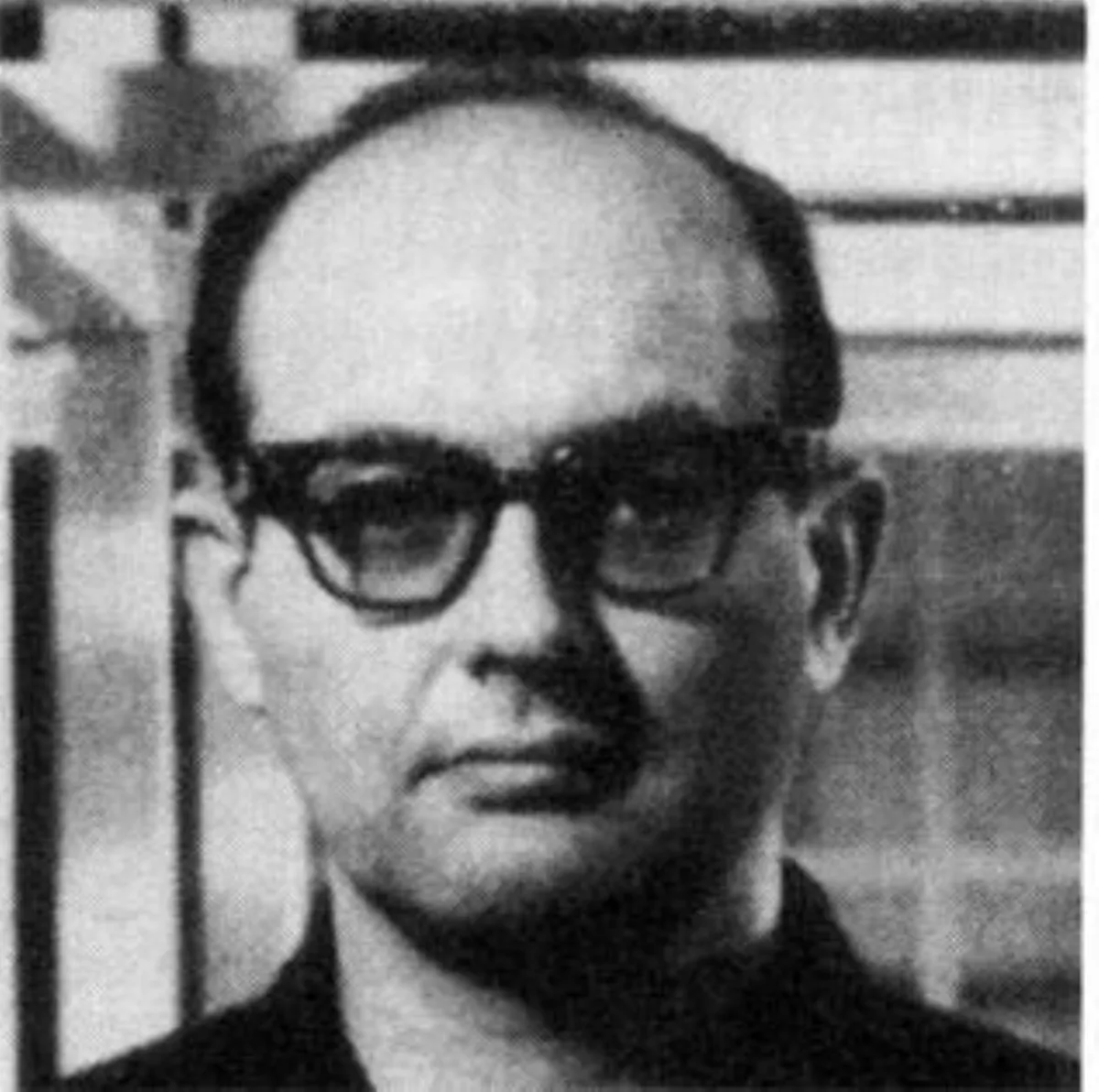 1.
1. Solomon "Sol" LeWitt was an American artist linked to various movements, including conceptual art and minimalism.

 1.
1. Solomon "Sol" LeWitt was an American artist linked to various movements, including conceptual art and minimalism.
Sol LeWitt has been the subject of hundreds of solo exhibitions in museums and galleries around the world since 1965.
Sol LeWitt was born in Hartford, Connecticut, to a family of Jewish immigrants from Russia.
Sol LeWitt's mother took him to art classes at the Wadsworth Atheneum in Hartford.
Sol LeWitt moved to New York City in 1953 and set up a studio on the Lower East Side, in the old Ashkenazi Jewish settlement on Hester Street.
Around that time, Sol LeWitt discovered the work of the late 19th-century photographer Eadweard Muybridge, whose studies in sequence and locomotion were an early influence for him.
At MoMA, Sol LeWitt's co-workers included fellow artists Robert Ryman, Dan Flavin, Gene Beery, and Robert Mangold, and the future art critic and writer, Lucy Lippard who worked as a page in the library.
Sol LeWitt became friends with Hanne Darboven, Eva Hesse, and Robert Smithson.
Sol LeWitt taught at several New York schools, including New York University and the School of Visual Arts, during the late 1960s.
Sol LeWitt died at age 78 in New York from cancer complications.
Sol LeWitt is regarded as a founder of both Minimal and Conceptual art.
In 1979, Sol LeWitt participated in the design for the Lucinda Childs Dance Company's piece Dance.
From 1990 onwards, Sol LeWitt conceived multiple variations on a tower to be constructed using concrete blocks.
In 2007, Sol LeWitt conceived 9 Towers, a cube made from more than 1,000 light-coloured bricks that measure five meters on each side.
In 1968, Sol LeWitt began to conceive sets of guidelines or simple diagrams for his two-dimensional works drawn directly on the wall, executed first in graphite, then in crayon, later in colored pencil and finally in chromatically rich washes of India ink, bright acrylic paint, and other materials.
Since he created a work of art for Paula Cooper Gallery's inaugural show in 1968, an exhibition to benefit the Student Mobilization Committee to End the War in Vietnam, thousands of Sol LeWitt's drawings have been installed directly on the surfaces of walls.
Sol LeWitt, who had moved to Spoleto, Italy, in the late 1970s credited his transition from graphite pencil or crayon to vivid ink washes, to his encounter with the frescoes of Giotto, Masaccio, and other early Florentine painters.
In 2005 Sol LeWitt began a series of 'scribble' wall drawings, so termed because they required the draftsmen to fill in areas of the wall by scribbling with graphite.
Between 1968 and his death in 2007, Sol LeWitt created more than 1,270 wall drawings.
Sol LeWitt's gouaches are often created in series based on a specific motif.
Sol LeWitt painstakingly made his own prints from his gouache compositions.
In 1976 Sol LeWitt helped found Printed Matter, Inc, a for-profit art space in the Tribeca neighborhood of New York City with fellow artists and critics Lucy Lippard, Carol Androcchio, Amy Baker, Edit DeAk, Mike Glier, Nancy Linn, Walter Robinson, Ingrid Sischy, Pat Steir, Mimi Wheeler, Robin White and Irena von Zahn.
Sol LeWitt was a signal innovator of the genre of the "artist's book," a term that was coined for a 1973 exhibition curated by Dianne Perry Vanderlip at Moore College of Art and Design, Philadelphia.
Sol LeWitt collaborated with architect Stephen Lloyd to design a synagogue for his congregation Beth Shalom Rodfe Zedek; he conceptualized the "airy" synagogue building, with its shallow dome supported by "exuberant wooden roof beams", an homage to the wooden synagogues of eastern Europe.
In 1981, Sol LeWitt was invited by the Fairmount Park Art Association to propose a public artwork for a site in Fairmount Park.
Sol LeWitt selected the long, rectangular plot of land known as the Reilly Memorial and submitted a drawing with instructions.
Sol LeWitt's work was first publicly exhibited in 1964 in a group show curated by Dan Flavin at the Kaymar Gallery, New York.
Sol LeWitt was later invited by Harald Szeemann to participate in "When Attitude Becomes Form," at the Kunsthalle Bern, Switzerland, in 1969.
At the time of his death, Sol LeWitt had just organized a retrospective of his work at the Allen Memorial Art Museum in Oberlin, Ohio.
The erection of Double Negative Pyramid by Sol LeWitt at Europos Parkas in Vilnius, Lithuania was a significant event in the history of art in post Berlin Wall era.
Sol LeWitt was one of the main figures of his time; he transformed the process of art-making by questioning the fundamental relationship between an idea, the subjectivity of the artist, and the artwork a given idea might produce.
Sol LeWitt's art is not about the singular hand of the artist; it is the idea behind each work that surpasses the work itself.